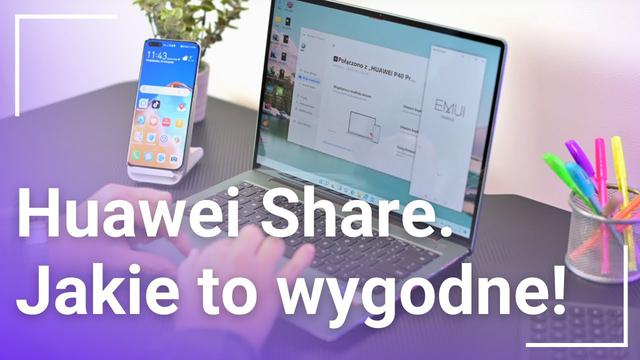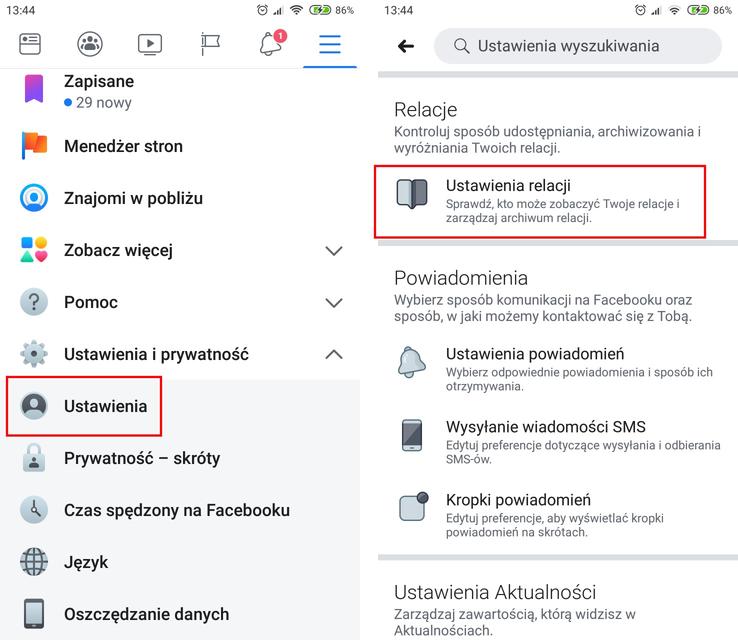Smartphone Grade C ("Mercedes" scale A, B, C, E, S)
Rating scale 1-6 (6-excellent)
Let's go< /h3>
The first Motorola Defy appeared on the market in 2010. It had a reinforced structure, 2 GB of built-in memory and 512 MB of RAM. She worked on Android 2.1 (Eclair), and a selfie camera was not even dreamed of yet ... 11 years later Motorola with the help of Bullitt Group responsible, among others, for for CAT phones, decided to refresh the line. The new Defy, however, differs significantly from other typical armored smartphones available on the market. It meets all mandatory strength standards, but despite the reinforced construction, it does not have a clunky appearance. It works very well and takes nice photos - and this has always been the Achilles heel of this type of smartphones. Plus, it has NFC and an excellent battery. All this means that Motorola Defy 2021 should be perfect not only in business, but also in civilian use. Of course, the phone has a few shortcomings and the specification is not excessive, but considering the price, which is PLN 1249, it seems to be a very interesting proposition for people looking for this type of device. Let's check if this is actually the case.
Motorola Defy 2021 main pros and cons
Motorola Defy 2021 pros:
Motorola Defy 2021 cons:
How we rate design? – rating 5
Motorola Defy looks very original for a "rugged" phone. There is no flashy, slightly indulgent housing, like most of the Chinese competition. It is more civil and unobtrusive, without losing its "resistant" properties. The back is covered with a soft rubber-like material. It has a texture with small diagonal stripes, which makes the grip secure and the look original. The eyelets of the cameras are placed centrally, under them there is a fingerprint reader. And fortunately, nothing protrudes above the surface, the phone is flat and does not wobble when placed on the table. The reader works very well, alternatively you can face unlock the phone with the screen illuminated. Three corners are rounded, the fourth one on the bottom left is not. There is a hook for attaching the bow, which can be found in the box.
On the bottom edge is USB-C and a single, very loud speaker. There are three buttons on the right side. The first one is used to turn on the phone, above it there is a volume control and at most a programmable button. You can assign any functions or applications that are called up after a double or long press. However, the primary use is push to talk. Mototalk is installed to start, you can also use other applications from the Play store. At the top there is a mini-jack for headphones, on the left side there is a hybrid dual SIM slot (one of the cards can be replaced with a memory card if necessary).
The edges of the housing slightly protrude above the display to protect it in the event of a fall. Thanks to the IP 68 standard, we can wash the phone under running water if it gets dirty, you can also take pictures while swimming in a river or lake and submerge it for half an hour under water. Motorola Defy also meets the MIL-STD-810H military standard, guaranteeing, among others, resistance to extreme temperatures, high pressure, etc.
The exact dimensions of the Motorola Defy are 169.80 x 78.20 x 10.90 mm. The weight is 232 g, which is a very good result for an armored phone.
What do we think about the display? – +3 rating
The screen is made in IPS TFT technology, has a diagonal of 6.5 inches, HD+ resolution of 720 x 1600 pixels, 270 PPI. It is true that most of the armored smartphones I've dealt with had screens with HD resolution, not FHD, but in my opinion Motorola could have been tempted to insert a display with a higher resolution. Especially since the smartphone can be used equally well in utility and civilian mode. It's also a pity that the maximum brightness is quite low, which makes operating the phone on a sunny day a bit troublesome, you can't do without a shadow. And yet its natural environment is not only a production hall, but also a construction site or, for example, extreme sports, where a readable display would be very useful. The picture quality is typical for this type of screen, especially with black, which usually falls into a strong gray tint.
You can select the color quality (natural, enhanced, saturated) in the settings. There is also e.g. auto brightness, dark theme, night light, attentive screen. We do not have an increased refresh rate - it is the traditional 60 Hz.
It's a pity that we don't have a notification diode, it would be more useful in such a phone than in any other. Instead, we have the traditional Motorola Moto screen that lights up for a moment after moving the device.
The display is covered with very durable Corning Gorilla Glass Victus glass. The phone accompanied me many times in cycling training, and in the backpack as friends it had mainly a bunch of keys and a metal water bottle. However, there are no traces of closer contacts on the screen, so the protection does its job. The phone also does not collect fingerprints excessively - so I conclude that there is an oleophobic coating on it, and it's pretty good. And sometimes manufacturers let go of this type of protection, assuming that no one will pay attention to a dirty display in this type of smartphone anyway.
Specs/OS - 4 rating
Motorola Defy is powered by Snapdragon 662 (4x2.0 GHz Kryo 260 Gold; 4x1.8 GHz Kryo 260 Silver) with Adreno 610 graphics. We have 4 GB RAM and 64 GB of built-in memory, expandable with a card. In AnTuTu Benchmark v9 the phone reaches 163325 points.
For a "pancerniak", the smartphone works very well. As for a civilian phone - good. The processor is neither the newest nor the most efficient, but Motorola has long been famous for optimizing, and thanks to a clean system, nothing particularly burdens it and it is very pleasant to work on it. There are no delays or major animation cuts, we don't have to wait for anything, the reaction to gestures is immediate. Demanding games can cut a bit, but e.g. PUBG performed very well. Even after playing for a long time, the phone does not get hot. Of course, you can always complain that a more powerful processor would be useful, but it seems to me that users of armored phones will be very pleased with Moto Defy's operation.
GPS has always worked flawlessly, whether driving or biking. Thanks to NFC, we can pay with a contactless phone. The sound quality on the headphones (Bluetooth and cable) is good, as is the quality of calls.
The connectivity package includes: LTE cat. 4 150 Mb / s, Wi-Fi ac 2.4 GHz + 5 GHz, Bluetooth 5.0, NFC. The location supports the following standards: GPS, A-GPS. The set of sensors includes: accelerometer, proximity, light, magnetometer, gyroscope, gravity, fingerprint reader.
I have two doubts about the system. First of all, we have Android 10 in Motorola Defy. It is surprising that it is not version 11. The Bullitt Group representative we asked about it explained that the system had to be refined and that users of this type of device do not pay much attention to its version. There will be an update to Android 11 or something more, it is not known.
Secondly - in the phone we will find a lot of pre-installed strange applications that we do not know what they are for and which cannot be uninstalled. These are: DF Squad, Bug2Go, dfconnect, IP Log Tool, Emporium, IQ Data Upload, MotoSurvey, Battery Tracer. Most of them require you to log in and provide your details. This is the first time I see something like this on a Motorola phone and I suspect Bullitt Group activity here. Some explanation for potential customers would be useful, unless there are no such additions in the phones that will go to stores. And that would probably be best.
Apart from these "dubious" attractions, everything else is no different from any Motorola smartphone (except the Programmable key). So the additions can be found in the Moto application (personalization, gestures, gaming zone, attentive screen), there are gestures, a dark theme, automatic performance enhancement. There is also an FM radio.
What kind of photos and videos does he take? – grade 4
The set of cameras includes:
So it's quite poor, first of all there is no wide angle, but also armored smartphones have never spoiled us photographically. So instead of complaining, let's focus on the positives, because they are. First of all, we are talking about the quality of the photos from the main lens, which is ... good. Not much, but my experience with rugged phones shows that it's still above the standard for these devices. Daytime photos have a decent amount of detail, a good tonal range, nice, natural colors. The maximum digital zoom is 8x, the usable value is 2x, 3 under the condition of very good light, but still the photos will be softer, with lower quality. The night mode nicely keeps the light sources in check in closer city shots, but when taking pictures with a larger perspective, it gets a little natural, the main object is strangely separated from the background. Portrait mode cuts off the foreground nicely, you can choose the degree of blur. The 2 MP macro is weak, the selfie is also not impressive, you often have to repeat the photo because the phone is not always in focus.
In the settings we have: portrait, photo crop, macro, spot color, night photo, moving, panorama, live filter. There is HDR, flash, timer, active photo and manual mode for photos.
Video modes include Macro, Slow Motion, Time Lapse, and AR Stickers. For this we have additional stabilization. The highest video quality is FHD 60 FPS on the back and FHD on the front. Movies have decent stabilization and well-collected sound.
Example photos:
Example video:
How long does the battery last? - 5 rating
The battery has a capacity of 5000 mAh. Low screen resolution, no higher refresh rate and a low-demanding processor mean that reaching for the 20W charger from the set will not be too frequent. In my case, it happened on average once every 3 days. Using GPS during e.g. cycling training will shorten this time to two - one and a half. There is no inductive charging, fully charging takes about 2.5 hours.
Our final rating
The Motorola Defy is a very interesting device. Thanks to its reinforced, but still quite civilian-looking construction, it will work well in the hands of both a professional and an amateur. In my opinion, its main advantage is its versatility. I know a lot of people who use two smartphones - an armored one for work and a civilian one after hours. In the case of Defy, you can easily combine it into one device. For an armored tanker, the Defy is shapely, works well, and takes nice pictures. Of course, it is also very resistant and durable and has a good battery. For many people, the use of a Qualcomm processor will also be an advantage, most often armadillo manufacturers reach for Taiwanese MediaTeks. Also the price, looking at other rugged phony, seems attractive.



